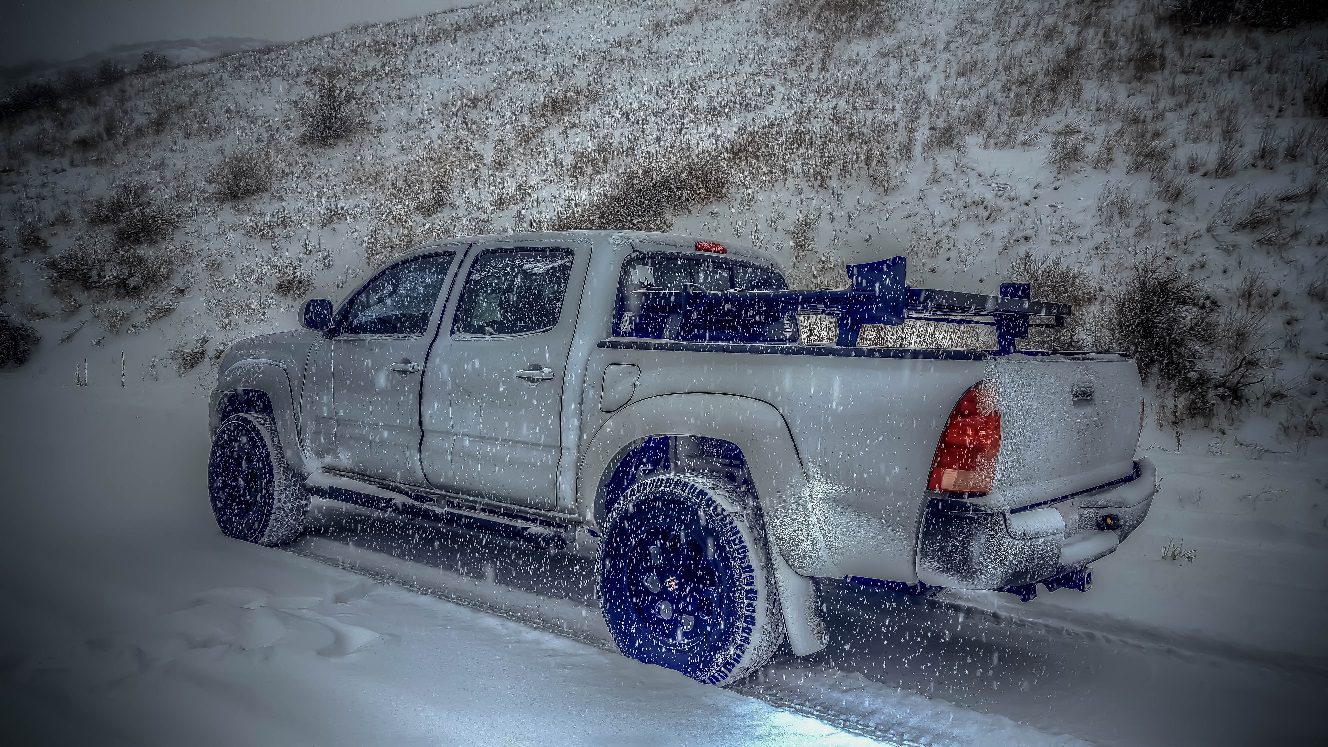
Winter Tire Tips

Do You Need Winter Tires?
You know it’s coming. Snow and slush. Freezing rain. Maybe even black ice.
But do you know if your tires are ready for all of that?
When driving in the Pacific Northwest in the wintertime, your tires just might be the most important safety feature on your car. The right ones can get you to your destination safely. The wrong ones? Well, just look over in the ditch during the next storm.
So how do you figure out what’s best for your vehicle? Here are five things to know about winter tires:
1. Winter tires really are different than regular tires.
Winter tires have deeper tread, along with siping (slits in the tread blocks). This increases the number of edges that touch the road, resulting in better traction and handling. They also stay softer than other tires do in cold weather, thanks to special rubber compounds designed specifically for winter use. That helps increase traction as well.
2. If your area regularly drops below 45 degrees, you probably need winter tires.
Winter tires don’t just perform better in snow and ice. They are better for cold weather in general. So if you get some chilly days where you live, consider a set – a full set. Installing just two winter tires can cause handling problems.
3. There are two main categories.
Studless snow and ice tires are designed for extreme conditions. They are better in deep snow than performance winter tires, which are for light snow and ice. What about studded tires? Well, they give you great traction on ice but also damage roads. And some experts say chains do just as well.
4. You still need to check the pressure — once a week.
If your tires are underinflated, they are at risk of failing. In winter, if they’re overinflated, your traction will be significantly reduced.
5. You still need to check the tread, too.
An inexpensive tool found at auto-parts stores can be used for this, or you can use a penny. Stick the coin into the groove of the tire, with Lincoln’s head down. Is some of his hair hidden? Good. Can you see all of Abe’s hair? It’s time for new tires. Right now.
We here at The Miller Insurance Agency know that nobody wants to spend too much time thinking about tires. The good news is you don’t have to. Just a little bit of preparation, along with some routine maintenance, will keep you driving in the Pacific Northwest all winter long.
Categories: Blog
